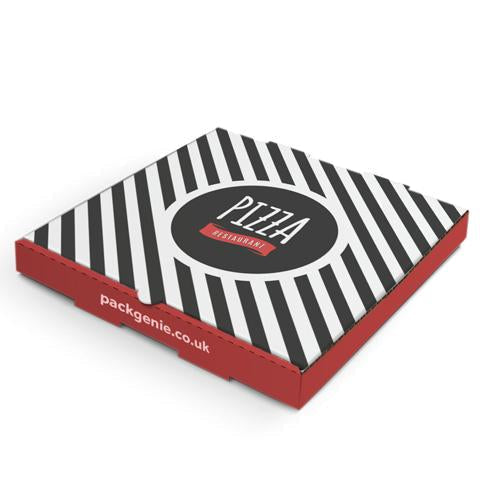Exploring the World of Pizza Liners A Culinary Necessity
Pizza, a beloved dish enjoyed across the globe, has transcended its origins to become a staple in numerous cultures. As we delve deeper into the pizza-making process, one crucial component comes to the forefront pizza liners. These seemingly simple yet invaluable materials play a vital role in ensuring the quality and presentation of pizzas, making them an essential element in the food industry.
What Are Pizza Liners?
Pizza liners are typically sheets made from paper, parchment, or silicone that are placed between the pizza and the heating surface, such as a pizza stone or a baking tray. Their primary purpose is to prevent the pizza from sticking during baking and to facilitate easy removal once cooked. While they may appear to be a minor addition to the pizza-making process, their impact on the final product is significant.
The Benefits of Using Pizza Liners
1. Non-Stick Properties One of the most significant advantages of pizza liners is their non-stick capabilities. They ensure that the dough doesn’t adhere to the pan or stone, which can lead to a ruined pizza. This property is especially crucial for those who enjoy making homemade pizzas, as using a liner can make the cooking process less messy and more enjoyable.
2. Even Cooking Pizza liners help promote even heat distribution. This ensures that the crust cooks thoroughly, resulting in a perfectly baked pizza with a golden, crispy crust. They can also absorb excess moisture, which is particularly beneficial when using toppings that contain high water content, such as fresh vegetables.
3. Easy Cleanup After enjoying a delicious pizza, the last thing anyone wants to do is scrub sticky residue off their baking surface. Pizza liners simplify cleanup, as they can be easily disposed of after use. This not only saves time but also prevents damage to bakeware, extending the life of expensive pizza stones and pans.
4. Versatility Pizza liners are not solely limited to pizza. They can be utilized for baking cookies, pastries, and other items that require a non-stick surface. In this way, they serve multiple purposes in the kitchen, making them a worthwhile investment for any home cook or professional chef.
pizza liners

5. Health Considerations Many pizza liners are made from food-grade materials, promoting safer cooking practices. Using a liner can reduce the risk of harmful chemicals leaching into food during the cooking process, particularly when using non-stick pans that may degrade over time.
How to Choose the Right Pizza Liner
When selecting a pizza liner, consider the following factors
- Material Common materials include parchment paper, silicone mats, and specialized pizza liners. Each has its advantages; for example, silicone is reusable and environmentally friendly, while parchment paper is perfect for single-use.
- Size and Shape Pizza liners come in various sizes and shapes to accommodate different pizza sizes and oven configurations. Ensure you select a liner that suits your specific needs.
- Heat Resistance Check the temperature ratings of the liner to ensure it can withstand the high heat typically required for pizza baking. A good pizza liner should tolerate temperatures up to 500°F (260°C) without degrading.
Conclusion
In conclusion, while pizza liners might not be the first thing that comes to mind when thinking about pizza, their role is undeniably essential. They enhance the pizza-making experience by ensuring optimal cooking conditions, facilitating easy cleanup, and promoting healthy cooking practices. As pizza continues to be a favorite among many, it’s time to give pizza liners the recognition they deserve. Next time you whip up a homemade pizza or order from your favorite pizzeria, remember the unsung hero in your culinary adventure—the pizza liner. It’s more than just a piece of paper; it’s a key ingredient in the pursuit of pizza perfection.



